On March 14, the Politburo met to agree on the policy of rearranging and reorganizing administrative units at all levels and building a two-level local government organization model, including plans to merge some provinces, abolish the district level, and merge many communes.
Regarding this issue, Dr. Tran Anh Tuan, President of the Vietnam Association of Administrative Sciences; Member of the Presidium of the Central Committee of the Vietnam Fatherland Front; former Deputy Minister of Home Affairs had an interview with Dai Doan Ket newspaper.
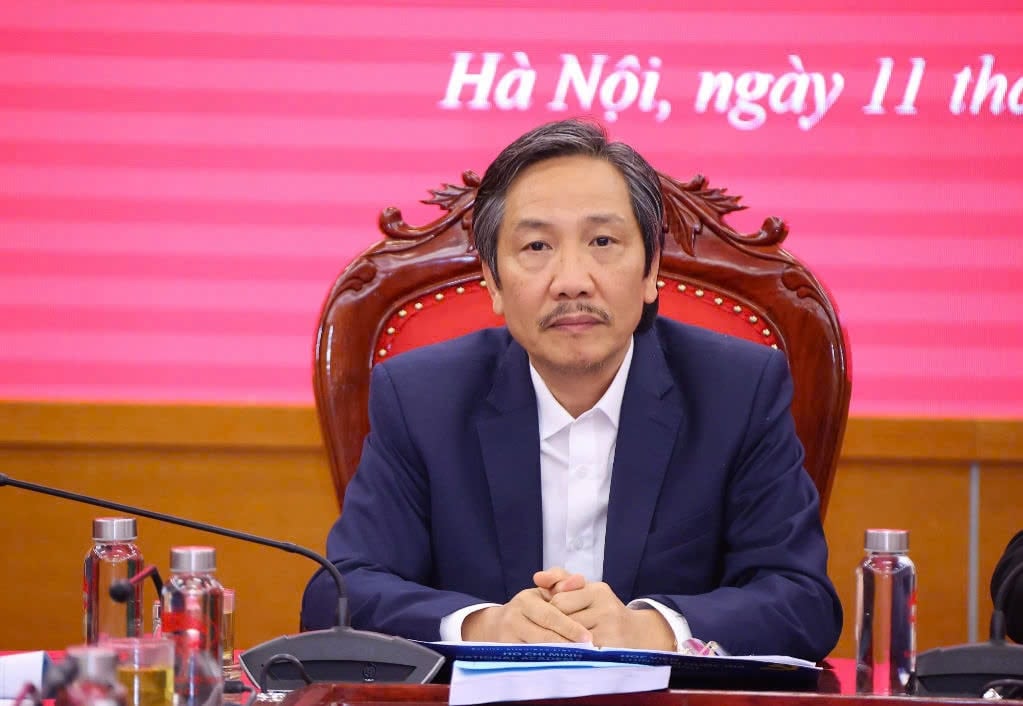
PV: Sir, what is your assessment of Conclusion 127-KL/TW (Conclusion 127) of the Politburo and Secretariat on merging provinces and eliminating intermediate levels?
Dr. Tran Anh Tuan: The issue of merging provinces and reducing the level of local government was identified by our Party several years ago and included in Resolution 27 (6th Central Conference, 13th Term, November 9, 2022) on continuing to build and perfect the Socialist rule of law state of Vietnam in the new period. In the current revolution of streamlining the organizational apparatus, merging provinces and eliminating intermediate levels, implementing the organization of 2-level local governments is to properly carry out the tasks and solutions set out in Resolution 27, in order to ensure the arrangement and restructuring of agencies and organizations in the entire political system according to the goal of "Straight - Compact - Strong - Effective - Effective - Efficient".
The contents of Conclusion 127 of the Politburo and the Secretariat on merging provinces and eliminating intermediate levels have demonstrated the spirit of speed, compactness, determination and efficiency with specific and clear goals, requirements, contents and implementation progress, linking tasks with the responsibilities of each Party committee, agency and unit. The elimination of intermediate levels is not only carried out in the state apparatus and local authorities but also in agencies of the Vietnam Fatherland Front, socio-political organizations, and mass organizations assigned tasks by the Party and the State after the merger and consolidation. Experiences of many countries in the world as well as in Vietnam in the 1976 period show that mergers and consolidations are aimed at streamlining the apparatus, improving the effectiveness of national governance, and serving the development needs of the country.
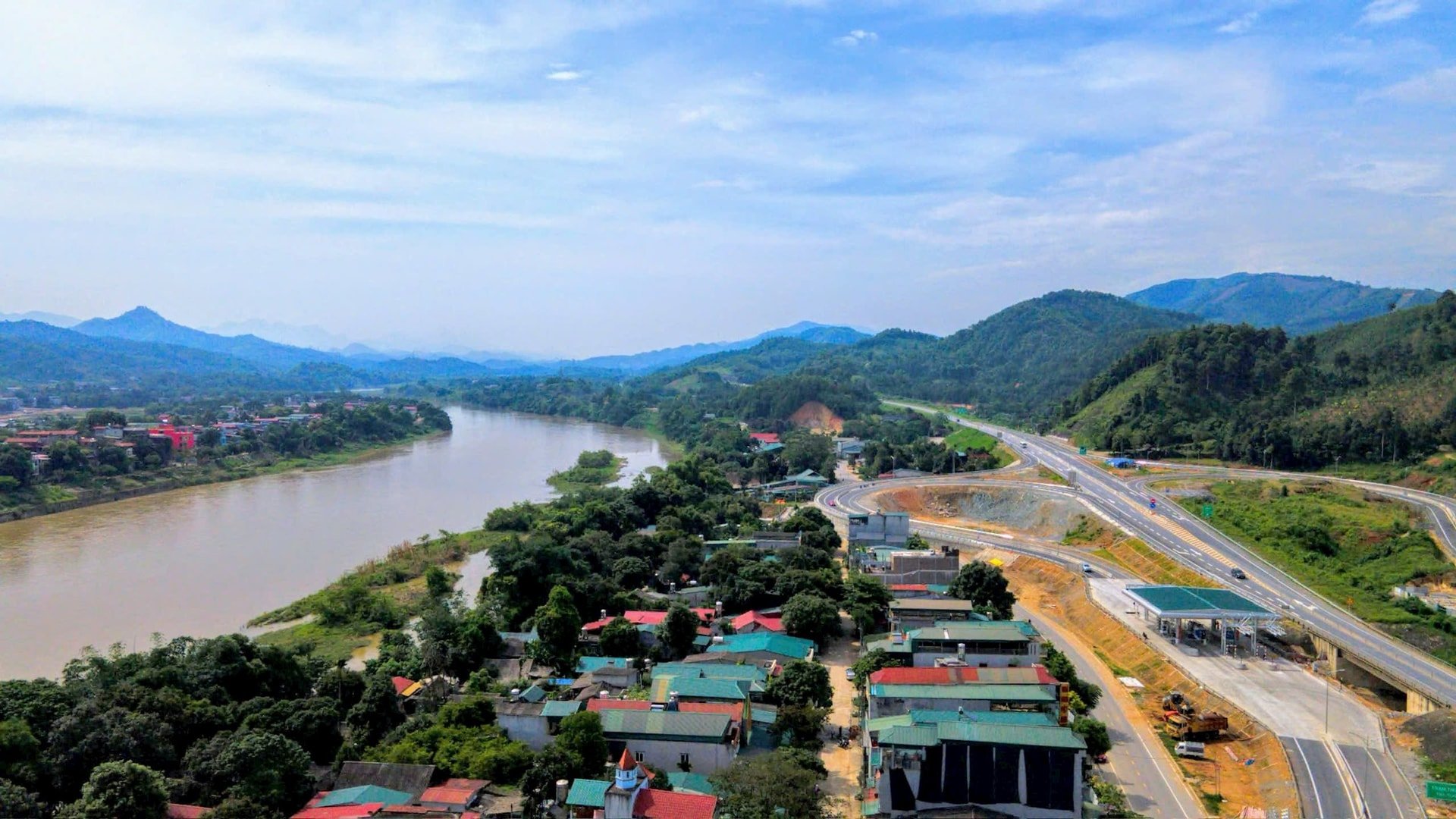
Therefore, it can be affirmed that Conclusion 127 of the Politburo and Secretariat is a very correct and timely direction, a basis and foundation for unifying will and action, clearing up difficulties or concerns about merging provinces and eliminating intermediate levels in the revolution of streamlining the organizational apparatus.
With many years of experience working at the Ministry of Home Affairs, how do you think the merger will increase efficiency?
- I think that to make the merger effective, there are many things to do, but there are several basic issues that need attention. First of all, it is necessary to comply with the Party's instructions. The Central Committee needs to have a Resolution on the merger of provinces, and the National Assembly needs to issue a Resolution to implement it; promote the role and responsibility of Party committees at all levels, ensuring unity in perception and action for development goals. Second, there must be close coordination between agencies and organizations assigned to develop the merger project. Third, there must be agreement on the name and "capital" of the provincial administrative unit after the merger. Fourth, it is necessary to build the organizational structure of agencies and organizations of the political system (Party, government, Vietnam Fatherland Front, socio-political organizations, etc.) in a streamlined direction. Fifth, it is necessary to evaluate and classify the staff and civil servants to select and arrange them into the new apparatus and implement policies for those who will no longer work due to the province merger. Sixth, there must be a plan for the use and management of equipment, assets, headquarters, public property, etc. so that there is no waste after the merger. These are very important contents related to the political foundation, legal basis, awareness, solidarity and work content to be done. In short, there must be unity of mind, effort and consensus for the merger to achieve good results. When the locality develops and the country develops and prospers in the new era, that is a successful provincial merger.
Sir, can merging provinces reduce or change the structure of socio-economic regions?
- Politburo member, Party Central Committee Secretary, Chairman of the Central Committee of the Vietnam Fatherland Front Do Van Chien once emphasized at the Social Criticism Conference on the draft National Master Plan for the period 2021-2030 with a vision to 2050 that: The national master plan is the highest level of planning in Vietnam's planning system. The national master plan for the period 2021-2030, with a vision to 2050, is an extremely important document, perfecting the space and overall fields of the country with a long-term vision. This is an important basis for planning the country's development in the coming years to ensure efficiency and sustainability. From there, it can be seen that the merger of provinces must be carefully studied and linked with master plans, regional plans... Only then can the ultimate goal of merging provinces be ensured to create development space. Through mergers, new premises such as promoting decentralization and decentralization are created; streamlining the apparatus; improving the quality of cadres and civil servants; opening up opportunities to apply digital technology and artificial intelligence and the operations of state agencies. Thereby improving the efficiency of local government operations, socio-economic development at the local, regional and national levels in association with development strategies and planning until 2030, with a vision to 2050. Therefore, through mergers, it is impossible to reduce or change the structure of approved socio-economic regions. On the contrary, merging provinces creates more motivation to promote the good implementation of development strategies according to master plans, regional plans, etc.
Thank you very much!
Associate Professor, Dr. Bui Hoai Son - Full-time National Assembly Representative, Committee on Culture and Education of the 15th National Assembly:
The name must both ensure historical continuity and reflect the spirit of development.

Reusing old names such as Ha Bac, Hai Hung, Nam Ha... when merging provinces is a worthy option to consider, because these names are associated with history, people and memories of many generations. When hearing those names, many people still remember a period of development, the cultural and social imprints of each locality. If restored, those names will create a sense of familiarity and closeness, making it easier for people to accept than a completely new name. However, it is also necessary to ask: Are those old names still suitable for the present and the future? Society has changed a lot, each province and city after separation has had its own separate development in terms of economy, culture, and even brand recognition. If we return to the old name, it may create a nostalgic feeling, but will it really reflect the identity of the new land?
In addition, if reusing old names, there needs to be a clear explanation of the meaning of this. It should not be simply restored for the sake of familiarity, but it is necessary to ensure that the name still has historical and cultural value and can represent the entire locality after the merger. Many place names in Vietnam are associated with long-standing traditions, reflecting geographical features, living habits or spiritual values formed over many generations. When choosing a new name, it is necessary to consider whether it can continue that heritage or not. Naming based on ancient names or place names that existed before can be a reasonable direction, as long as it is still suitable for development practice. In addition, in my opinion, naming new provinces or cities in Vietnam in the coming time needs to follow principles that both ensure historical inheritance and reflect the spirit of development in the new period.
H.Mai (written)
Mr. Nguyen Tien Dinh - former Deputy Minister of Home Affairs, Deputy Head of the Economic Advisory Council (Central Committee of the Vietnam Fatherland Front):
Strengthening conditions for commune level to complete many tasks

When merging, it is necessary to ensure training and fostering mechanisms and policies, and other mechanisms and policies to motivate commune-level cadres to meet many requirements and tasks in the coming time. Next, it is necessary to create conditions in addition to decentralization, for commune-level cadres, it is also necessary to increase investment in conditions for them to perform their decentralized and decentralized functions and tasks such as: finance, budget, operating conditions, headquarters, machinery and equipment to implement digitalization; other factors to meet the requirements.
T. Nhung (written)
Source: https://daidoanket.vn/chu-truong-sap-nhap-tinh-bo-cap-trung-giang-the-hien-tinh-than-nhanh-quyet-liet-va-hieu-qua-10301590.html






![[Photo] Hanoi morning of October 1: Prolonged flooding, people wade to work](https://vphoto.vietnam.vn/thumb/1200x675/vietnam/resource/IMAGE/2025/10/1/189be28938e3493fa26b2938efa2059e)



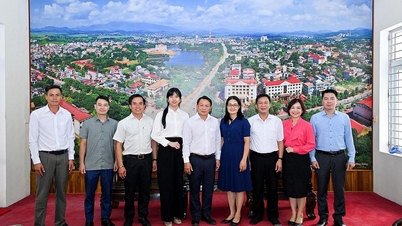










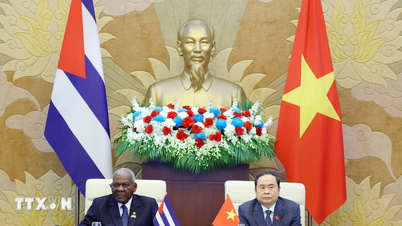


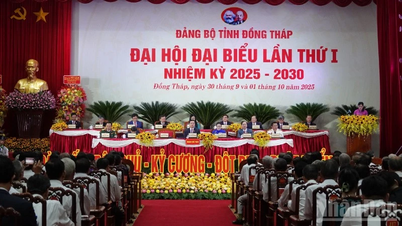
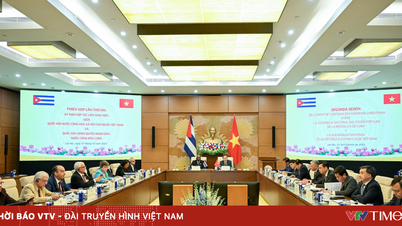











![[Photo] The 1st Congress of Phu Tho Provincial Party Committee, term 2025-2030](https://vphoto.vietnam.vn/thumb/1200x675/vietnam/resource/IMAGE/2025/9/30/1507da06216649bba8a1ce6251816820)
![[Photo] Panorama of the cable-stayed bridge, the final bottleneck of the Ben Luc-Long Thanh expressway](https://vphoto.vietnam.vn/thumb/1200x675/vietnam/resource/IMAGE/2025/9/30/391fdf21025541d6b2f092e49a17243f)
![[Photo] President Luong Cuong receives President of the Cuban National Assembly Esteban Lazo Hernandez](https://vphoto.vietnam.vn/thumb/1200x675/vietnam/resource/IMAGE/2025/9/30/4d38932911c24f6ea1936252bd5427fa)

























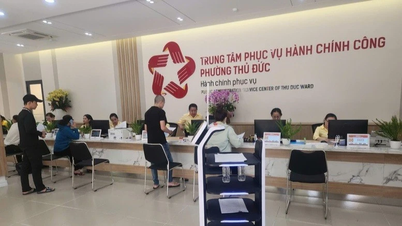












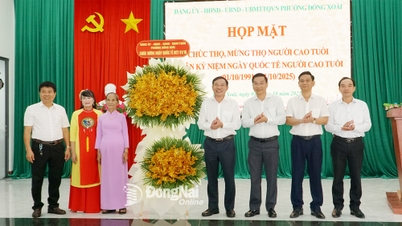
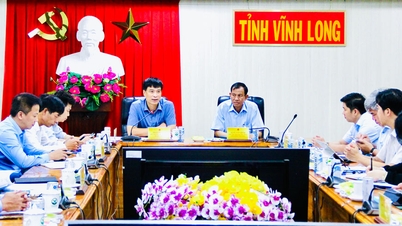

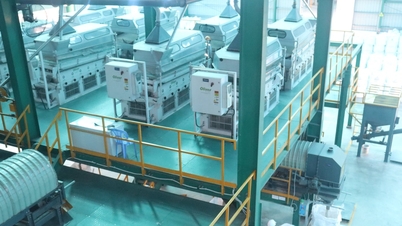
















Comment (0)